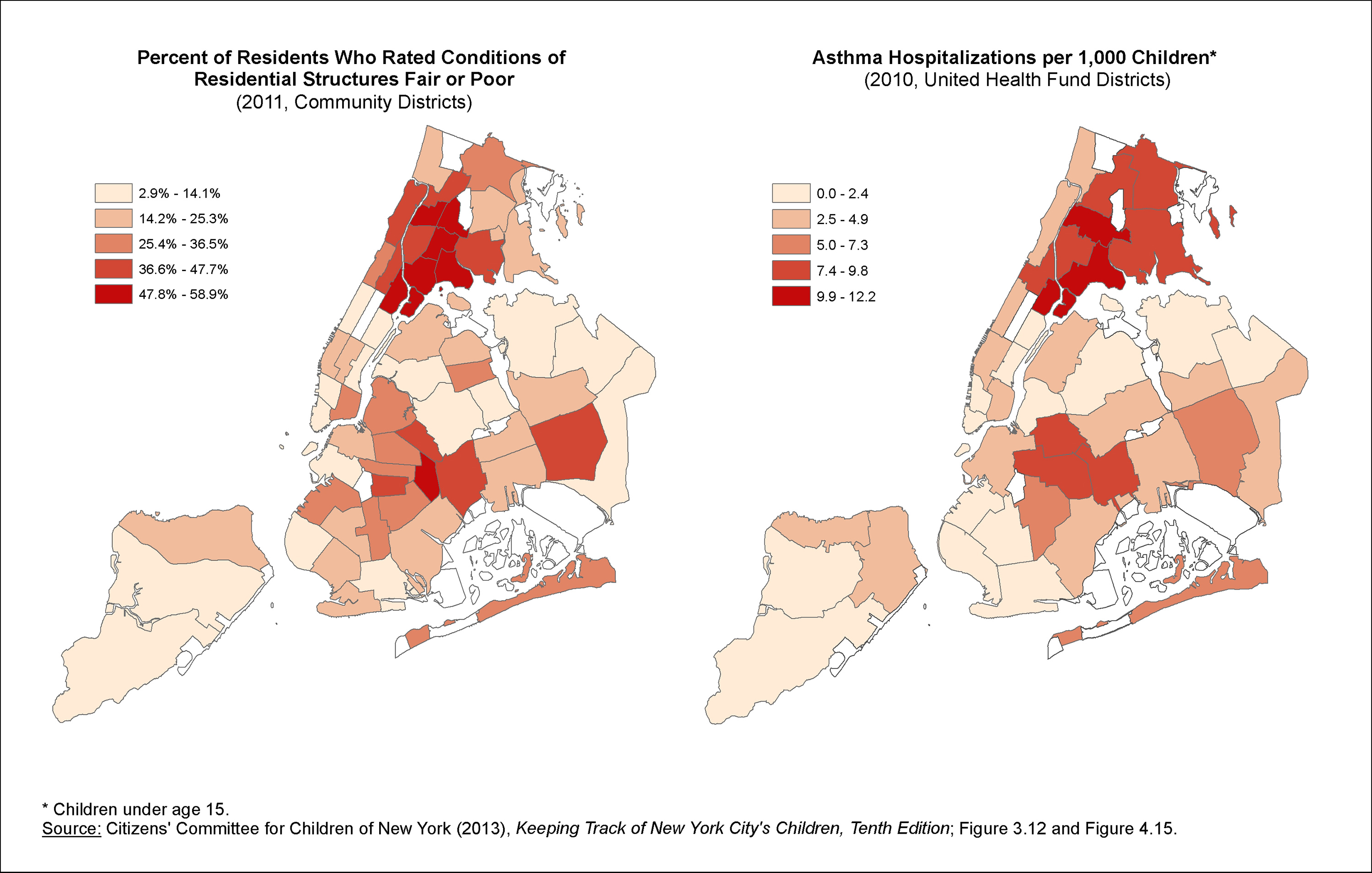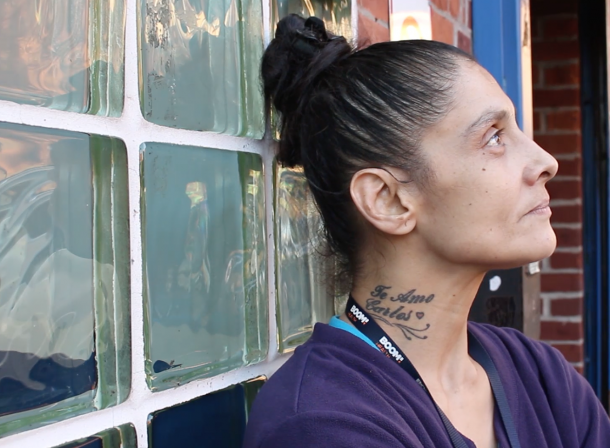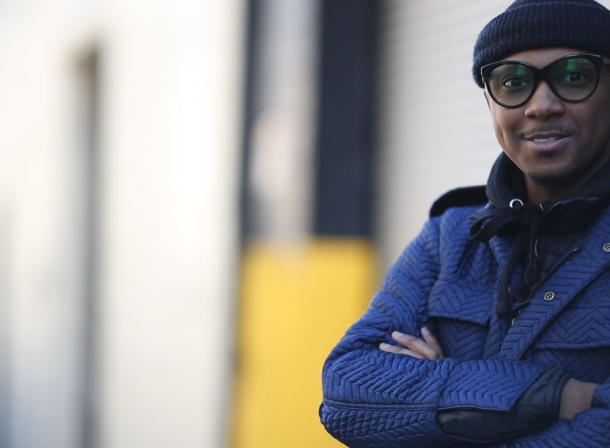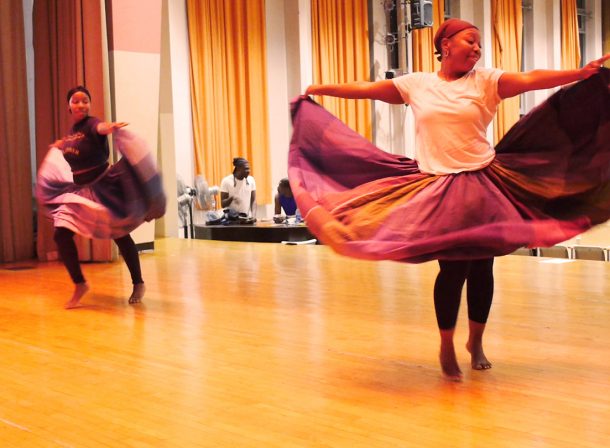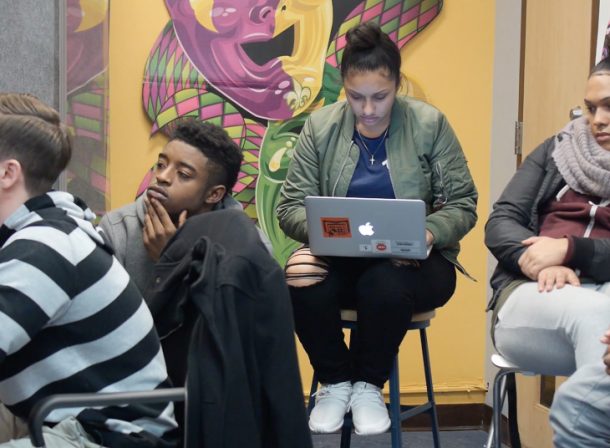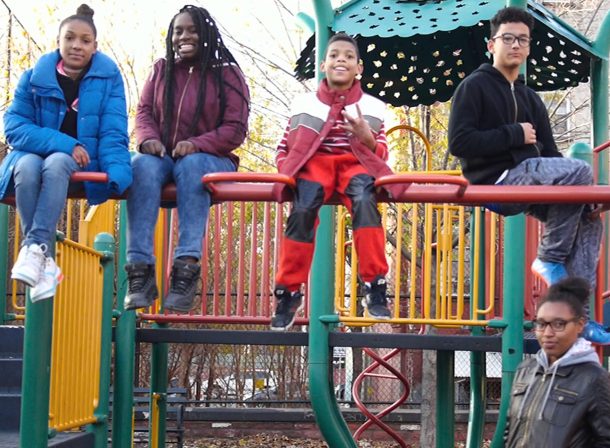Mychal Johnson moved from Chicago to the South Bronx about 15 years ago and almost immediately, he noticed a problem with the neighborhood’s air quality. He could smell the dense pollution during the summertime and every day he would see a countless number of trucks driving by. For the sake of his own family and his new community, he knew he needed to do something to help.
“I wanted to make a difference and wanted to be part of helping lives continue, and hopefully in a way with more quality,” he said. “Not having, you know, hospitalization rates and infant mortality and cognitive development in our children as problems that will exist for more and more years to come.”
Johnson’s neighborhood in Bronx County has some of the highest rates of asthma in the country. Rates of death from asthma in the Bronx are about three times higher than the national average, and preventable hospitalization rates are about five times higher. The asthma epidemic is largely attributed to the community's proximity to the Hunts Point Food Distribution Center, the largest wholesale food market of its kind in the United States. But residents of the Port Morris and Mott Haven neighborhoods are fighting back against the industrial pollution—by building their own green spaces.
There are eight community gardens in Mott Haven, and each have a character all their own. Most of these gardens started as empty lots or junkyards, but gradually, members of the community started coming together to clean up these spaces.
Before the Brook Park community garden was founded in the ‘80s, the gates were locked, garbage was everywhere, and people would use the space to sell drugs. Eventually, some of the local schools, neighbors, and committee members decided to do something positive with this space. They all came together and developed a garden with trees, garden beds, a beehive, and a chicken coop. The space has been transformed into a place where people can gather, or hold events for the neighborhood to enjoy.
“We come to this fabulous for birthday parties and barbecues and we've even had weddings here,” Johnson said about Brook Park. “We do many things in this park and it benefits the community.”
Another community garden just a few blocks away is Bruckner Mott Haven. Willy Roman discovered this garden as a gardener in 2004, and he’s been dedicated to keeping the garden clean and making sure that it’s a safe haven for everyone. Roman first became passionate about gardening as a child living in Puerto Rico. Because his family lived on a farm, Roman learned how to plant many different kinds of produce. At Bruckner Mott Haven, Roman tries to pass on this knowledge to the volunteers and children of the neighborhood that visit the garden.
“School students come over here and learn planting and the tools that help things grow,” Roman said. “What they learn at the garden is forever.”
Johnson agrees that community gardens play a huge part in aiding the physical and mental wellbeing of Mott Haven’s youth. During his frequent visits to Brook Park, he is able to enjoy and appreciate all the benefits that the garden has to offer.
“Physically, we're planting trees and we're creating recreational opportunities because not only do we have some of the highest rates of asthma, but also diabetes and obesity. So we're feeding ourselves, but we're also cleaning our own air because we're planting trees to help to filter some of those impurities that are in our own atmosphere. We’re creating a solution for the large quantity of diesel trucks running through our community that give our children asthma,” he said.
By Alexandra Zuccaro

